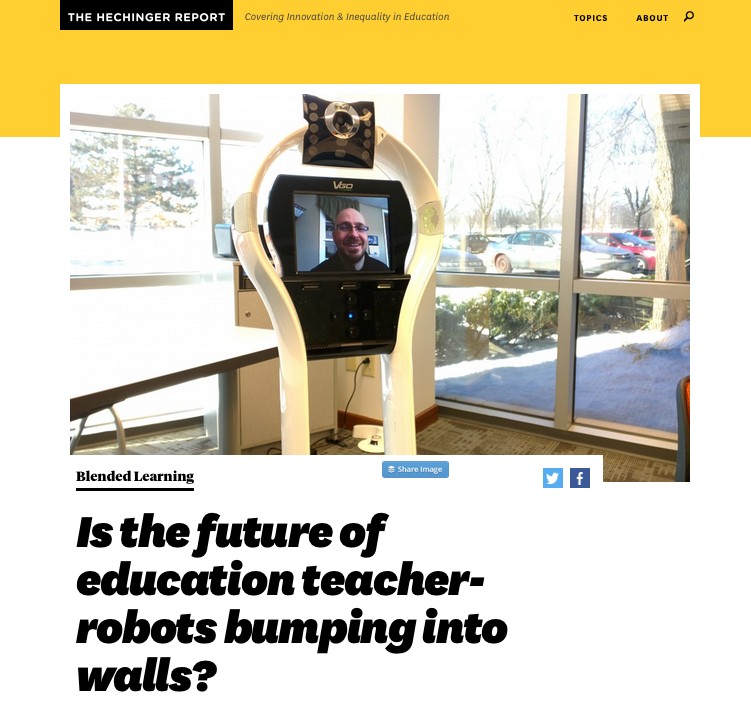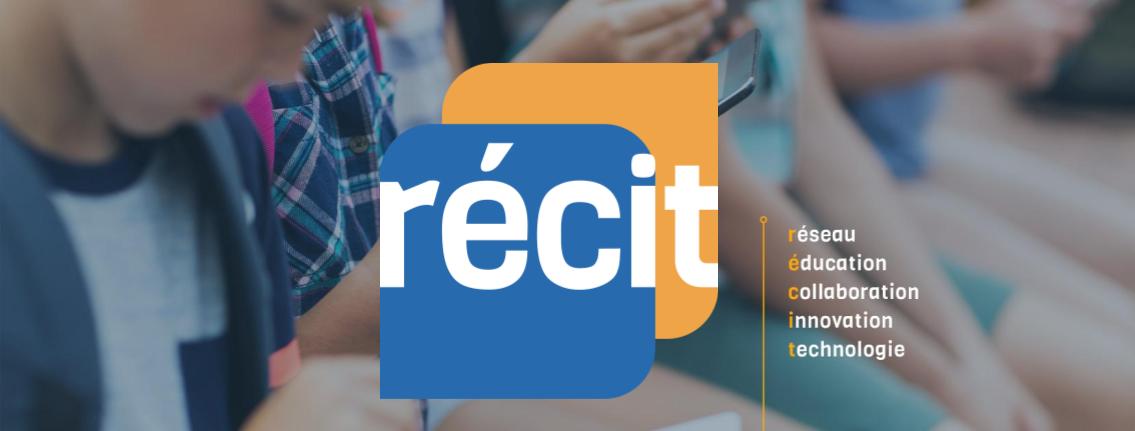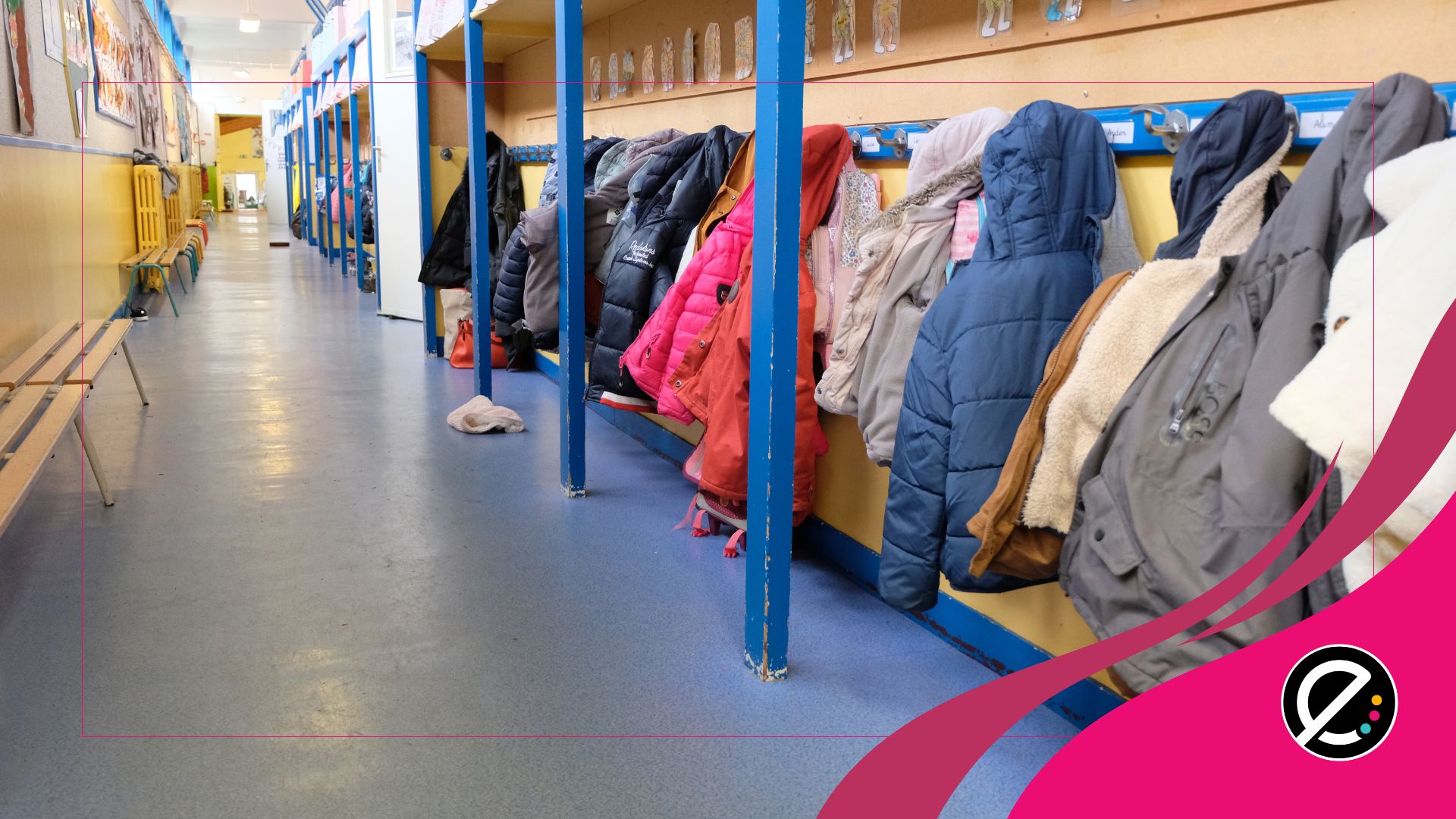L’enseignement virtuel tel qu’on le connaît repose grandement sur les logiciels de vidéoconférence. Mais voilà qu’un projet original mené dans des écoles américaines veut pousser plus loin l’enseignement virtuel en utilisant un prototype de robot de téléprésence dans les classes.
L’Académie Nexus, située à Colombus dans l’État de l’Ohio, est une école secondaire reposant sur l’apprentissage mixte, une méthode combinant l’enseignement traditionnel et l’enseignement virtuel. Certains cours virtuels sont offerts en mode synchrone, généralement à l’aide de logiciels de vidéoconférence, et sont animés par des enseignants situés dans différents coins du pays. Depuis l’an dernier, un prototype de robot est utilisé dans l’optique de parfaire l’enseignement synchrone virtuel. Construit sur roues et mesurant 1,2 mètre, le robot est mobile, doté d’une caméra et contrôlé à distance par l’enseignant. Ce dernier peut déplacer l’appareil dans la classe, par exemple entre les bureaux des élèves, ce qui lui permet notamment d’observer leurs travaux et de les commenter. À l’autre bout, une caméra filme le visage de l’enseignant et reproduit l’image sur un petit écran placé sur le robot.
Bien que certains élèves ayant participé au projet se soient montrés sceptiques et critiques, d’autres pensent que le robot dynamiserait l’enseignement virtuel et le rendrait moins impersonnel. Du côté des intervenants du milieu de l’éducation, on pense qu’en plus d’être utile pour l’enseignement synchrone à distance, ce genre d’appareil pourrait éventuellement être profitable pour l’éducation des personnes à mobilité réduite. Des aspects du robot demeurent à améliorer, notamment sa manipulation parfois ardue.
L’appareil coûte 6000 $ et implique des frais d’entretien annuel d’environ 1000 $. Satisfaites des résultats de l’essai réalisé à l’Académie Nexus l’an dernier et dans un établissement scolaire l’année précédente, sept écoles américaines utilisant l’apprentissage mixte, situées en Ohio, au Michigan et en Indiana, possèdent désormais un tel robot.
Justement, ce même prototype de robot est actuellement utilisé à cette fin au Québec. À la Commission scolaire Marguerite-Bourgeoys, il est utilisé pour aider une élève de secondaire en rémission d’un cancer à suivre ses cours à distance.
Que pensez-vous de cette idée? Rend-elle effectivement moins « impersonnelle » la notion d’enseignement à distance?
Pour en savoir plus, lisez l’article “Is the future of education teacher-robots bumping into walls?“, par Nichole Dobo.






